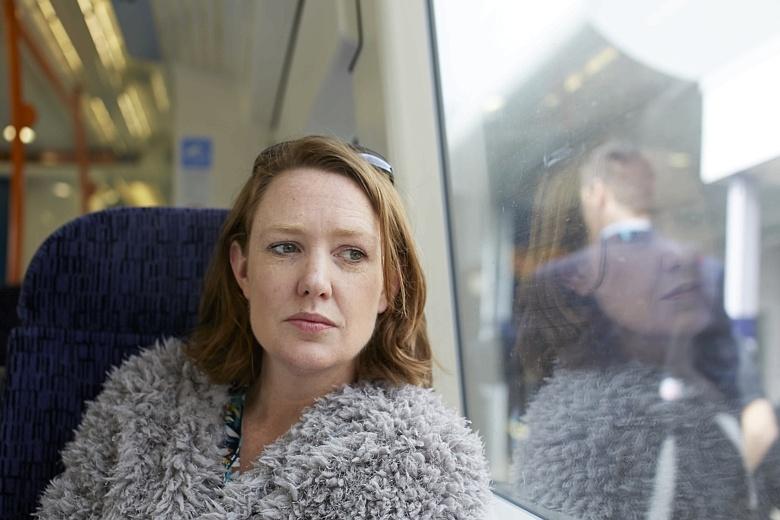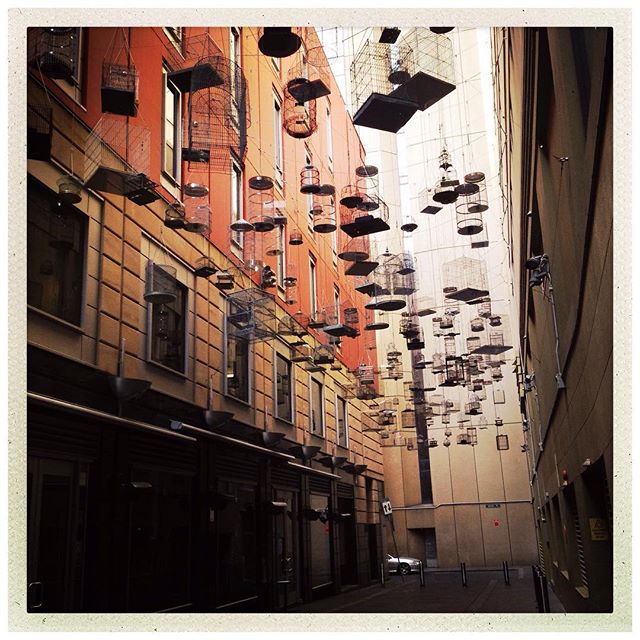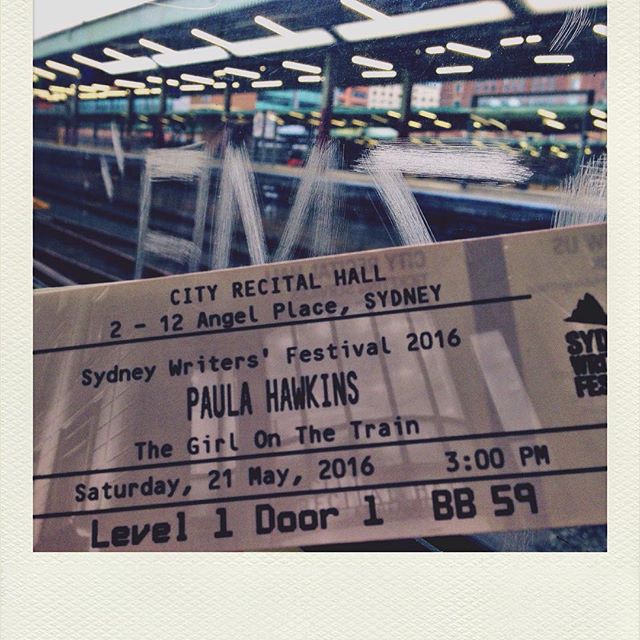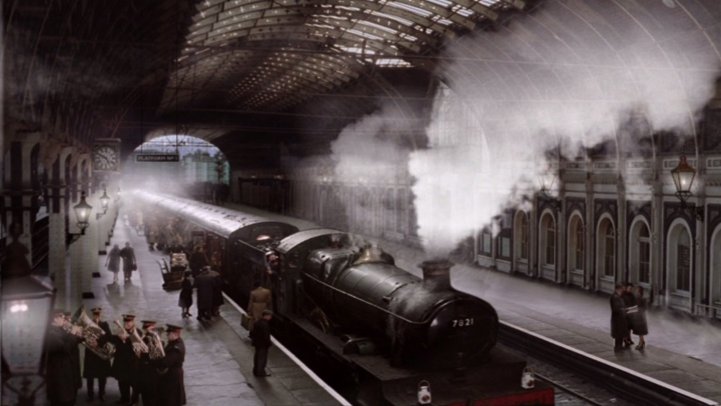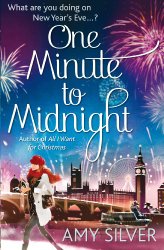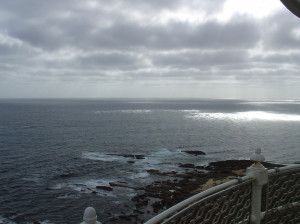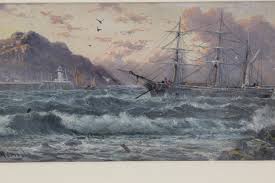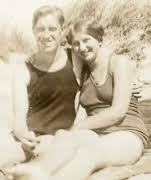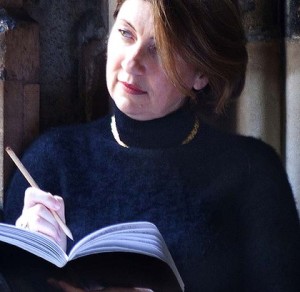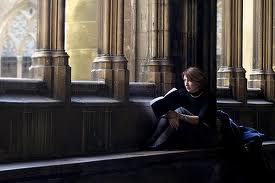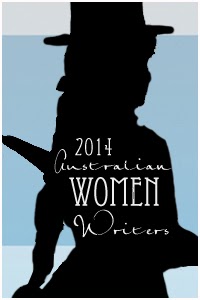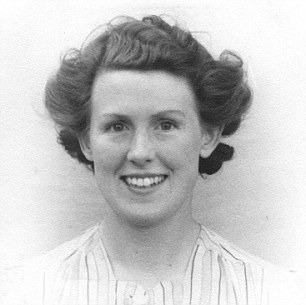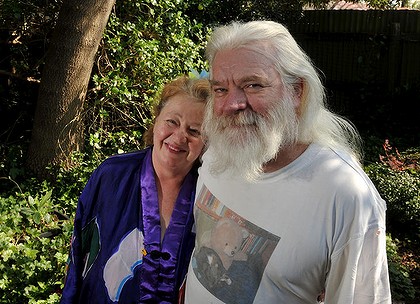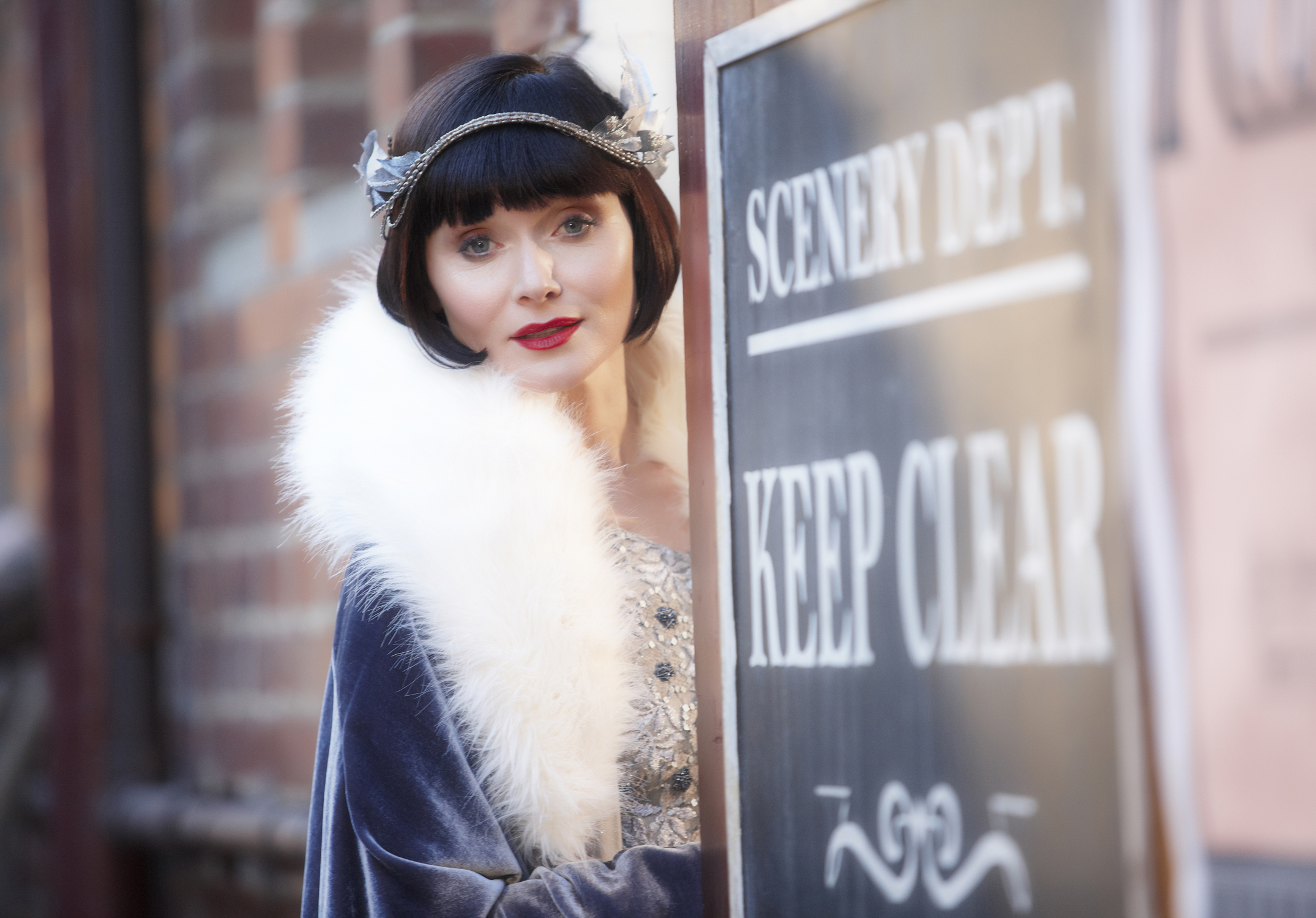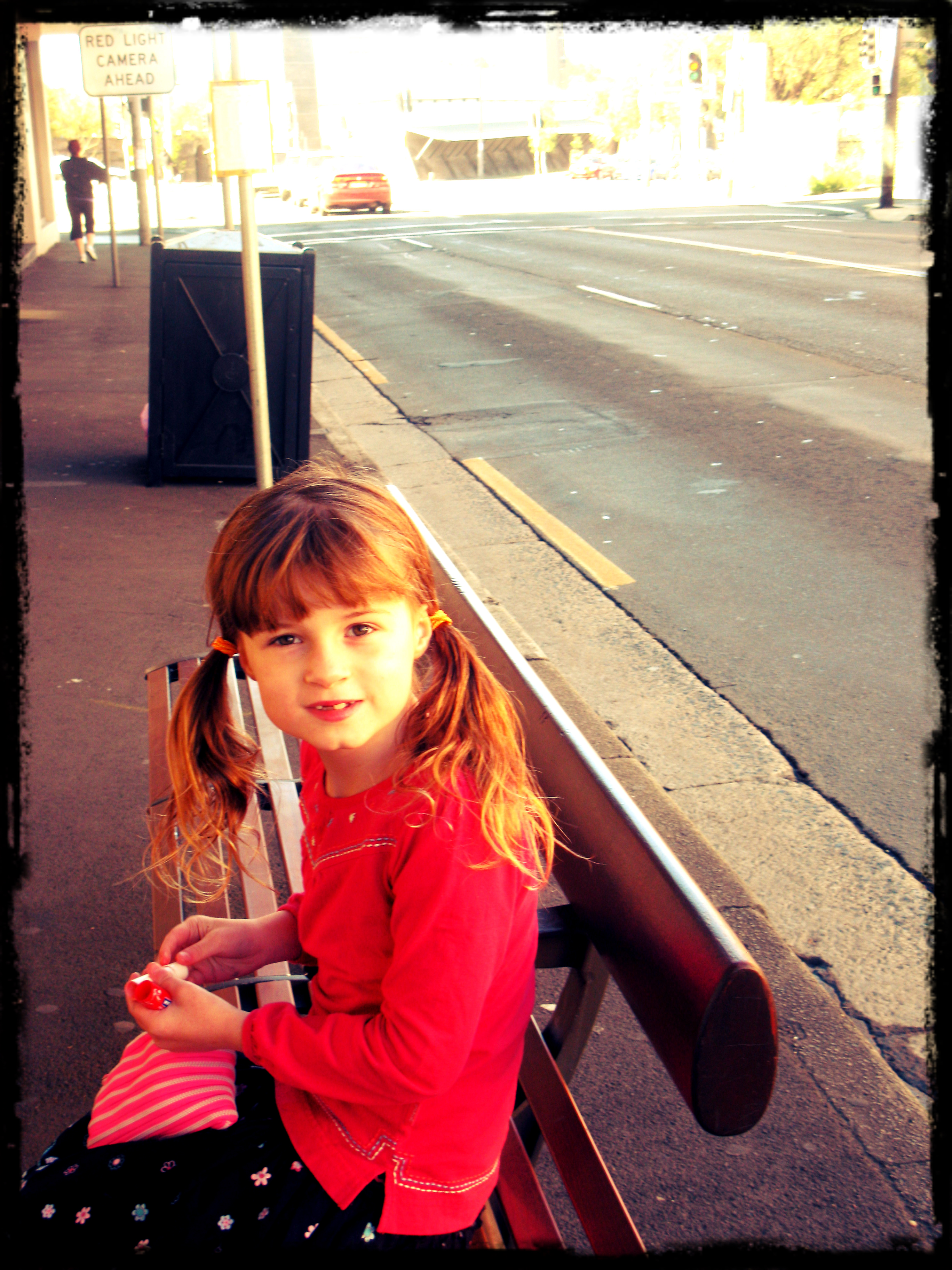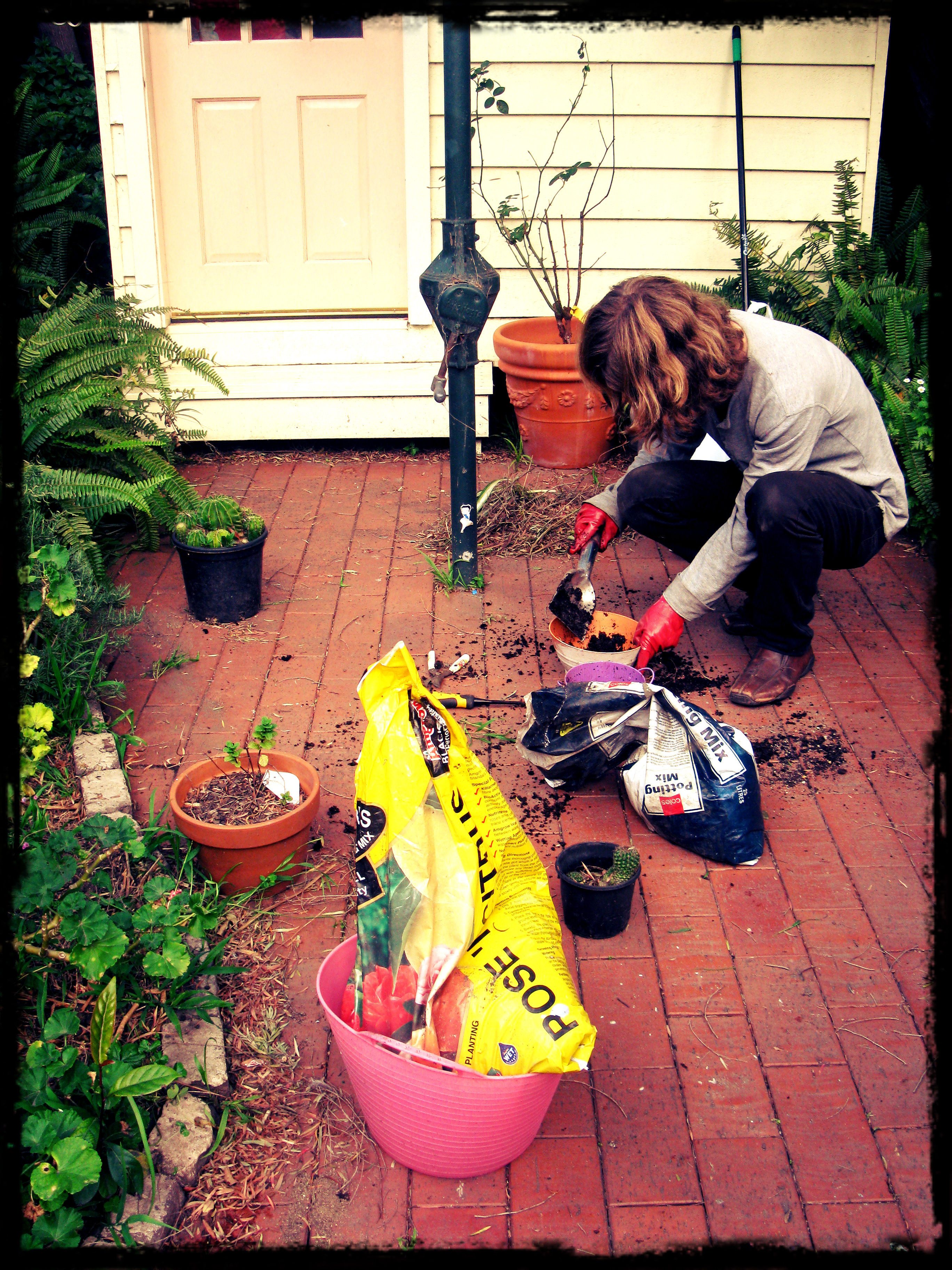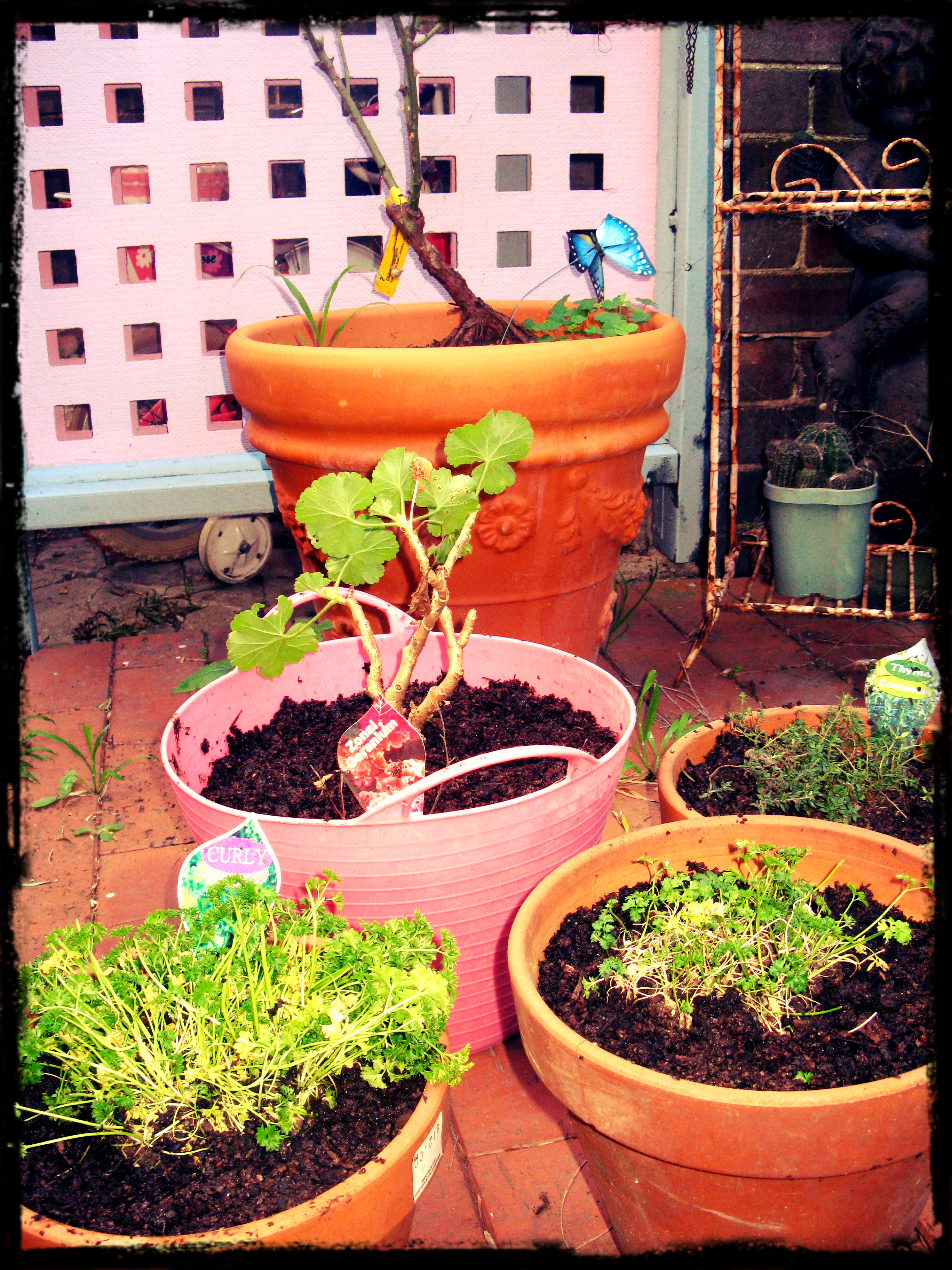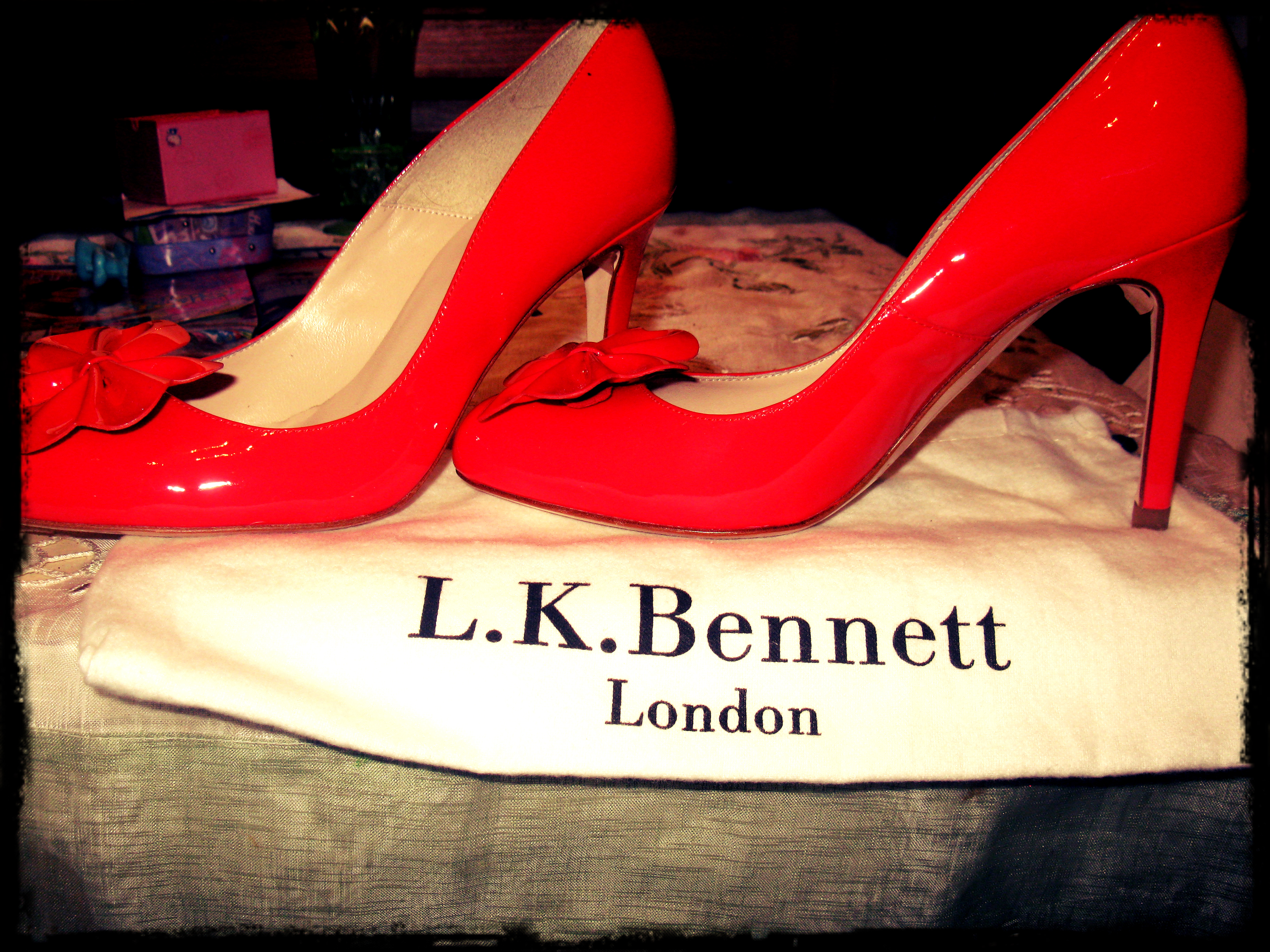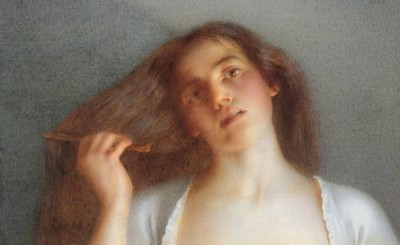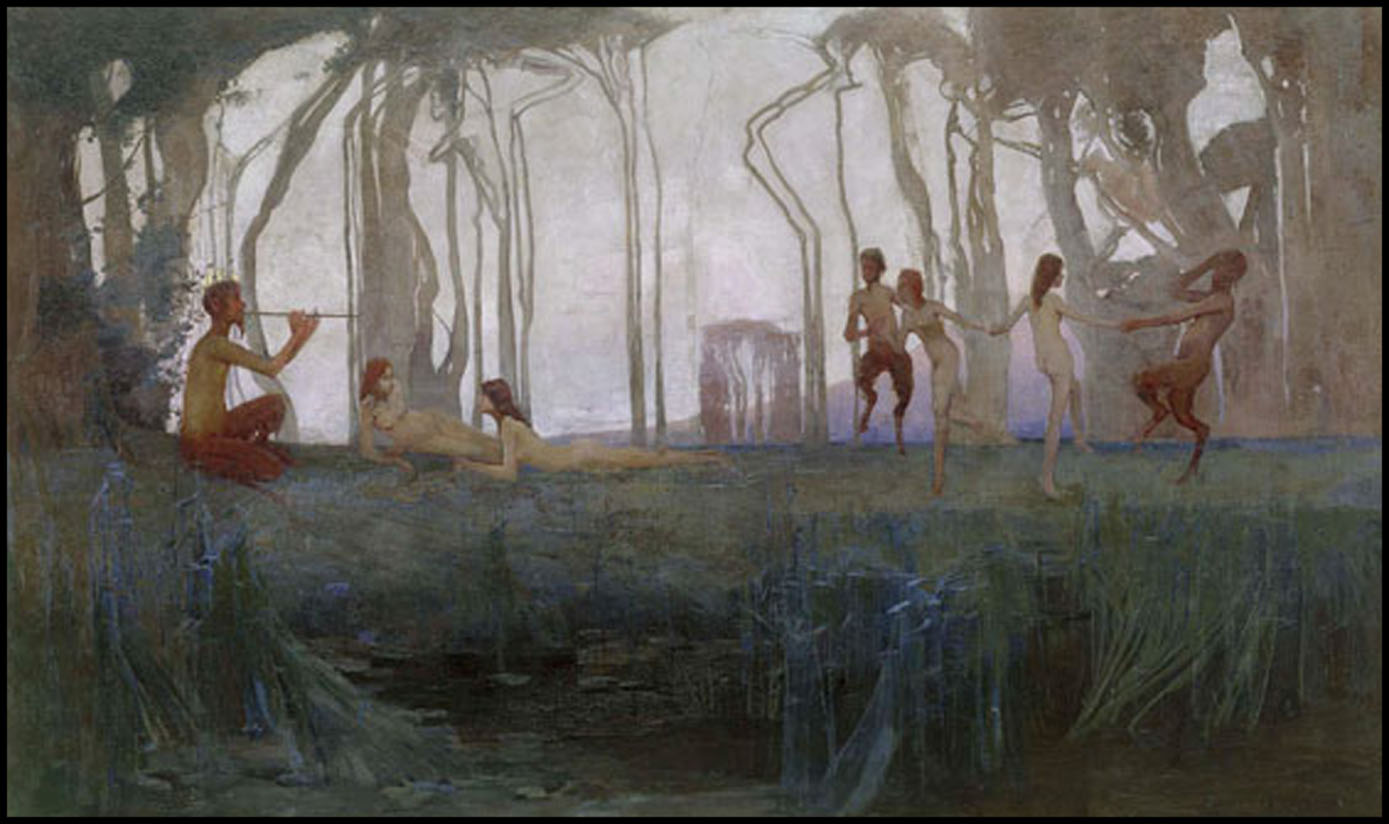Uncategorized
ART SCHOOL PINING
I miss my art school days, my studio space at COFA in Paddington,Sydney. The smell of turps, going to art galleries and rooftop art parties. Sometimes I regret not doing more with my BA (a lot of my year became teachers or professional artists) but I have to remind myself I wrote my dark fantasy trilogy – Circle of Nine – based on symbols that evolved during my course. David was in television production. I was at art school, working part-time cleaning hotel rooms. I rented a room in Paddington the size of a cupboard and shopped the local op shop where designer clothes were donated by affluent locals.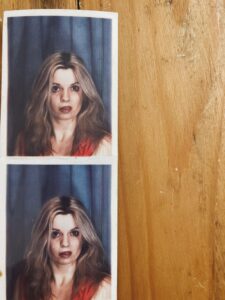 I’d just had a bad car accident a few months before these photos. Three operations and a pin and plate installed in my right arm. I’m left handed, fortunately. David is holding my sling in one of the photos.
I’d just had a bad car accident a few months before these photos. Three operations and a pin and plate installed in my right arm. I’m left handed, fortunately. David is holding my sling in one of the photos.
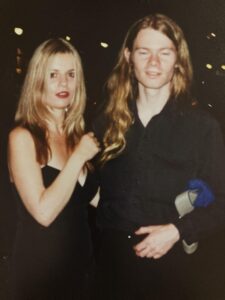

We’re so baby faced. I’m so thin and blonde. I wanted to live in Paris or Byron Bay. Life changes in an instant. A red light. A speeding car.
Paula Hawkins in Angel Place
THE GIRL ON THE TRAIN, by
Paula Hawkins: really great suspense novel. Kept me up most of the night. The
alcoholic narrator is dead perfect.
The Light Between Oceans – Review
I nearly didn’t read this book. It received so much acclaim and hoopla that I didn’t think I’d find it interesting. If a book or film is very hyped, I have a bad habit of losing interest. I’m an inverted snob in such matters.
I sent it to my mother-in-law and after reading it, she returned it saying she thought I should reconsider as she knew I’d love it.
Thankfully, I obeyed her instructions. I found this a terrific read, which left me longing for as many people as possible I knew to read it, so we could discuss it. Luckily it was one of my Magic Hat Book Club choices this year.
The cover tag line is: ‘This is a story of right and wrong and how sometimes they look the same.’
We enter the world of a young lighthouse keeper, Tom Sherbourne and his wife, Isabel, on a remote island off the Western Australian coast. They decide to keep a baby found alive on ‘The Day of the Miracle’ with its dead father in a boat. Isabel has suffered three miscarriages and the baby appears to be a gift from God: there can be no harm in keeping her…
This is the clever and intriguing set-up of an engrossing story which weaves between the ‘The Day of the Miracle’ (27 April, 1926) to the emotional final scene in 1950. The book describes the consequences of the decisions of keeping the ‘miracle’ baby.
Throughout the narrative we are introduced to some vivid characters:
Tom Sherbourne the lighthouse keeper, with his measured outlook on life and his beautiful handwriting. His sense of decency and his moral code. An ex-army man with experience in Egypt and working in Morse and international code. Tom is suffering the trauma of his war experiences from one of the most grisliest of wars: a lighthouse posting seems the perfect change to escape his memories. By steamer boat on his way to the lighthouse from Sydney to Perth, he rescues a young woman from a lecherous ex-soldier, a chance meeting pivotal later in the book:
“Being over there changes a man. Right and wrong don’t look so different anymore to some.” – Tom Sherbourne.
In Port Partageuse, a small coastal community where a fresh granite obelisk lists the men and boys who will not be returning to the community. The town’s scars are raw. In this community, Tom meets and falls in love with defiant, sparkling Isabel Graysmark, the only daughter of the headmaster Bill, and his wife, Violet, who lost both sons to the war.
The nature cycles of the island and Port Partageuse, are hauntingly portrayed. And the real life ghosts of the living, still mourning so many lost, are also wonderfully captured. The Australian phrases, increasingly also lost to American slang, are resurrected in bold splashes which contrast well against the more lyrical descriptions. You ache for all the characters. Even very minor characters who barely appear such as Frank, the baby’s father, become important. Septimus, the grandfather, is also beautifully sketched and an entire book could be devoted on his story.
The character’s roles are superimposed against the lighthouse itself, the great light illuminating to protect the sailors, but also revealing the deeper shadows that are lurking within every member of Port Partageuse. People are getting on with life – but the war has taken so much.
The Light Between Oceans is a book that should give inspiration to all writers who think they may have left their run to late to start. It is Stedman’s debut full-length novel, written in her mid-sixties. I was most fascinated by her writing process which is very similar to my own using visual imagery and a method of ‘free falling’ into the story, allowing the visual images to guide you. She worked a lot from original material in the British Library, reading war-time diaries and journals which she said ‘brought her to sobbing many times’. This first-person research shines through. The two images of the ocean used above were both taken by Stedman when she was working on the book.
I feel that with a different cover design, it might have reached more of a male audience. My partner began reading the book after hearing my enthusiastic appraisal of it and is really enjoying it. He would never have picked it up on its cover normally.
Thankfully, many people did. Nine international publishing houses bid on the rights for the book. In Australia The Light Between Oceans was:
Winner of three ABIA awards for Best Newcomer, Best Literary Novel and Book of the Year Winner of two Indie Awards for Best Debut and Book of the Year Winner of the Nielsen BookData Bookseller’s Choice Award for 2013 Recently voted Historical Novel of 2012 by GoodReads’ reading community
The names of the miracle child in the story, Lucy, means Light and she represents the Hope of the story. I also took the Light Between Oceans to represent the break between the two World Wars. Ultimately, I saw this as a book about the ripple effects of war. A story of right and wrong and the different shades of grey in between – a tale of forgiveness and redemption. Janus Rock, where Lucy washes up, represents the Ancient God of Doorways – transitions and beginnings. Janus presided over beginnings and endings of peace and conflict. As a transitional god, he had a role in birth and exchange as well. Janus also represents a middle ground between barbarism and civilisation.
If you are interested to read more about M.L Stedman’s writing process, there is an interview HERE
This review is for my Australian Women Writers Challenge for 2014.
Currawong Manor Clip – Part One
Hello,
Over the next two weeks, I’m going to post a couple of Youtube clips I made for Currawong Manor. This first one is a peek at the palette of the book that I was working with. Next week, I’ll post a video where I’ll talk about some of the different inspirations for the book. I hope you enjoy this glimpse into the world of my gothic mystery. If you feel like sharing it with kindred spirits in your online life, I’ll be most grateful.
Love and Light,
Josephine xx
Stopping Time
This is a review for The Australian Women Writers Challenge which you can read more about HERE. In the coming year I plan to review a host of female Australian writers, so watch this space. I always buy books from Australian writers in the popular fiction genre and they tend to form a tower in my room. It’s difficult to find time to read them with all the research reading required for my own books, not to mention my Magic Hat Bookclub, so The Australian Women Writers Challenge is an opportunity for me to lessen that tower of books.
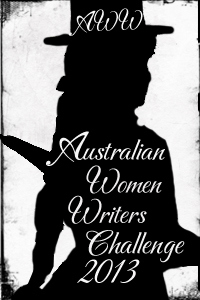
For my first review I went with Kate Morton’s The Secret Keeper.
First a disclaimer:
I’ve known Kate Morton as a writing colleague for years and we share the same agent. Along with many other writers and readers we also share a love of parallel timeline stories, mysteries, Enid Blyton, Barbara Vine and Daphne du Maurier. And so virtually any story Kate creates is going to be my cup of tea.
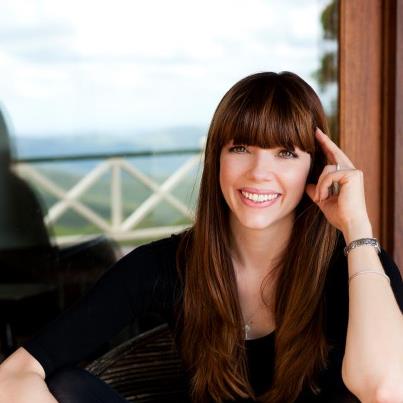
I love the cover design. It’s a gorgeous image and I had to look twice to check it wasn’t Kate herself.
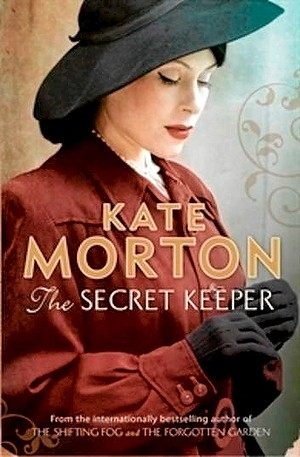
The production team did a spectacular job with the end papers, which are reminiscent of a Persephone book (another thing I share with Kate is a love of Persephone books). And The Secret Keeper even had a brief Peter Pan mention.

I also love the title which lets you know exactly what this book is about. It also fits in nicely with Kate’s previous titles in its rhythm.
This is a big book. I had to cull several books to fit it on my shelf but I was prepared to do so because the cover design is so lovely.
I finished reading this book on a rainy Sunday night which of course is the perfect weather for a story such as this.
It’s always strange to read an author you know as you have to left go of your relationship to slip into the story, but as usual Kate lured me swiftly in to her web of parallel worlds of 1940s Blitz London, the smaller Australian thread in Tambourine Mountain and the present day/1960s and 2011 strands.
The book opens with a cracking scene as sixteen-year-old Laurel attempts to uncover the mystery behind why her mother stabbed a stranger to death as she looked on from her tree house. You always get a very strong visual sense when reading Kate’s books, which no doubt her drama training helped her develop.
I did spot the twist very early on, which is not Kate’s fault. It was more to do with so many people revealing online there was a twist and so I was on the hunt for it. If I’m going to be picky (and scratching hard for something here), the siblings never felt as developed as the leading characters. I kept getting confused with the siblings who weren’t in it a lot. And the characters seemed a bit too Downton Abbey ‘nice’, but that is also the broad appeal of Kate’s work as well.
In this book Kate seems to be having fun with us. The words play games and bounce along at times.
Kate’s skill is bringing history to life in a ‘can’t put the book down’ way. You catch glimpses of what it was like to live through 1940s Blitz London. I have been reading These Wonderful Rumours! A Young Schoolteacher’s Wartime Diaries 1939-1945 by May Smith.
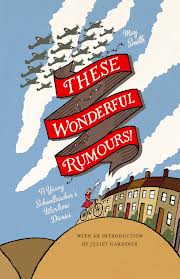
This also gives you an insight into exactly what it was like for people living when normal life was ‘sort of as usual’ except bombs were going off down the road. One thing I really got from These Wonderful Rumours! was the effects of disrupted sleep from being summoned to air raid shelters in the middle of the night. And do you go coat shopping or to the cinema if they are sounding the raids? I can’t imagine living under the stress of this for years. I would highly recommend his book for the chirpy school teacher’s diaries of her war years.
But back to Kate and The Secret Keeper. I admire Kate’s elegant use of words and phrases which create such evocative pictures in your mind, such as on page 185 when the very-likeable Jimmy tries on his father’s suit. He reflects that his father ‘had always seemed such a giant but now it was possible he had merely been a man.’ Such a poignant world revealed in such few words.
And the vivid description on page 188 where Jimmy’s photographs reveal world of ‘private places suddenly made public’ of people’s homes who have been bombed.
The team leader, Mrs Waddingham, is described in Chapter 14 as having lips as tight as a ‘dachshund’s arse’. A glorious image which made me laugh out loud.
And so I finished the Secret Keeper as the rain pelted down outside with a satisfied sigh. I stroked that lovely book cover tenderly and slowly adjusted myself back to my ‘real world’ of Sydney 2013, realising I had to get ready for the school run but reluctant to bid farewell to her characters just yet.
And that is exactly how a great book and story should make you feel. Like many people around the world I am eagerly anticipating Kate’s next book.
On page 246, one of Jimmy’s photographs is of a little girl of 3 or 4 wearing an enormous pair of borrowed bloomers, an adult cardigan and tap shoes. She taps a little dance as she waits for the family who were never going to arrive to take her home. Jimmy’s images are said ‘to record individual tragedies such as a little girl losing her entire family which would otherwise be swept as easily as dust beneath history’s carpet.’
Kate’s The Secret Keeper also reminds us through a ‘can’t put it down’ good story of the human side of the Blitz. I was reminded of The Secret Keeper when I saw this recent quote on Good Reads.
Books have a unique way of stopping time in a particular moment and saying: Let’s not forget this. Dave Eggers
I gave The Secret Keeper four stars out of 5.
Sisters Are Doing It For Themselves
Turnbull, also a national co-convenor of Sisters in Crime and the Sydney Morning Herald’s crime columnist) said that Sisters in Crime had been delighted (and amazed), to see women scooping the pools at this year’s Ned Kelly Awards (29 August).
“Four of the 6 awards on offer went to women including the Life Time Achievement Award which went to Gabrielle Lord. To cap it off, all presenters were women so it was far from the blokey affair of previous years,” she said.
“The sisters are doing it for themselves right across the crime board. This year, we’ve had the pleasure of the TV series, Miss Fishers Murder Mysteries,based on the 1920s flapper detective series by Kerry Greenwood, a founding member of Sisters in Crime.
“You open the Australian Women’s Weekly and you read a feature on Warragul member and author, Honey Brown. You open the Saturday Weekend magazine of the Herald Sun) and you read features about Sydney members Kathryn Fox and Josephine Pennicott – or Honey Brown. You walk into the airport and there is a giant illuminated poster promoting the latest novel by Cairns memberHelene Young.”’
And a few photos of my week and inspirations to share some of the Sydney sunshine.
Thank you for visiting me. Stay creative. xx
Skin and Bone
My daughter and I have been enjoying snuggling together on these chilly winter nights watching the Sophie Dahl cooking series. I wish I had the very pretty house used to film The Delicious Miss Dahl. I love the literary thread Sophie weaves into her cooking. The references to Dorothy Parker, Christina Rossetti, Evelyn Waugh amongst others as she dices and chops. It’s a gluttonous bookworm’s porn.
I only wish that all ads were as good as this recent shoot that Sophie did. Whole stories in every moody, romantic shot.
The Art of Dreams
Loads of things I want to write about but I have such little time to spend online with a deadline looming for my next mystery novel. In the next few weeks I shall aim to do a few quick blog posts – bloggy sound-bites – on the topics I’ve been longing to post about.
I saw this beautiful art exhibition, Australian Symbolism The Art of Dreams, just before it closed in Sydney last weekend. I always enjoy symbolist paintings as I’m so inspired by the unconscious
. It was like entering a strange dream in the art gallery.
‘Am I real or am I dreaming?’ my daughter often asks me. I never know how to reply to that one. I enjoyed the juxtaposition of the Australian landscape with influences of Art Nouveau, Pre-Raphaelite and mystical esotericism.
I hope you have been well and the Mercury Retrograde has not been too harsh in your life. It’s been a frustrating and tumultuous time for many and publishing can be so affected as Mercury affects communication. Hasten to us, 8th of August, when the planets become more favourable. I shall meditate on some of the paintings from The Art of Dreams and plant some seeds in my garden. From the earth and creativity is where the hope of the world flowers.
Thank you for visiting me, stay creative and keep believing and dreaming. xx
“I believe in everything until it’s disproved. So I believe in fairies, the myths, dragons. It all exists, even if it’s in your mind. Who’s to say that dreams and nightmares aren’t as real as the here and now?” ― John Lennon
